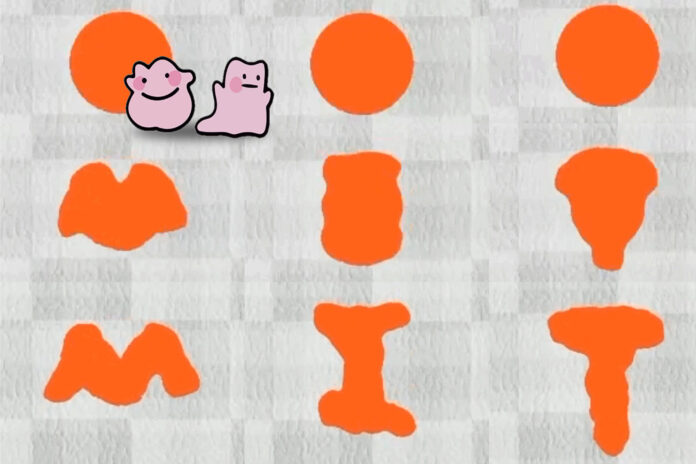Introduction to Shape-Shifting Robots
Imagine a robot that can change its shape to squeeze through narrow spaces, which could be deployed inside the human body to remove an unwanted item. While such a robot does not yet exist outside a laboratory, researchers are working to develop reconfigurable soft robots for applications in healthcare, wearable devices, and industrial systems. But how can one control a squishy robot that doesn’t have joints, limbs, or fingers that can be manipulated, and instead can drastically alter its entire shape at will?
The Challenge of Controlling Soft Robots
Scientists often teach robots to complete tasks using a machine-learning approach known as reinforcement learning, which is a trial-and-error process in which the robot is rewarded for actions that move it closer to a goal. However, shape-shifting robots, which are controlled by magnetic fields, can dynamically squish, bend, or elongate their entire bodies. This makes it challenging to control them using traditional methods.
A New Approach to Control
To solve this problem, researchers had to think differently. They developed a control algorithm that can autonomously learn how to move, stretch, and shape a reconfigurable robot to complete a specific task, even when that task requires the robot to change its morphology multiple times. The algorithm begins by learning to control groups of adjacent muscles that work together, and then drills down into finer detail to optimize the policy, or action plan, it has learned.
Building a Simulator
The researchers built a simulator to test control algorithms for deformable soft robots on a series of challenging, shape-changing tasks. The simulator, called DittoGym, features eight tasks that evaluate a reconfigurable robot’s ability to dynamically change shape. In one task, the robot must elongate and curve its body so it can weave around obstacles to reach a target point. In another, it must change its shape to mimic letters of the alphabet.
Testing the Algorithm
The researchers tested their algorithm on the DittoGym simulator and found that it outperformed baseline methods and was the only technique suitable for completing multistage tasks that required several shape changes. The algorithm completed each of the eight tasks they evaluated, including a task where the robot had to reduce its height while growing two tiny legs to squeeze through a narrow pipe, and then un-grow those legs and extend its torso to open the pipe’s lid.
How the Algorithm Works
The algorithm uses a coarse-to-fine methodology, where it first learns to control groups of muscles and then drills down into finer detail. It also treats the robot’s action space, or how it can move in a certain area, like an image. The machine-learning model uses images of the robot’s environment to generate a 2D action space, which includes the robot and the area around it. The algorithm understands that nearby points in the action space have stronger correlations, similar to how nearby pixels in an image are related.
Conclusion
While shape-shifting robots are still in their infancy, the researchers hope their work inspires other scientists to study reconfigurable soft robots and think about leveraging 2D action spaces for other complex control problems. Their technique could someday enable general-purpose robots that can adapt their shapes to accomplish diverse tasks, from healthcare to industrial systems. With further development, these robots could potentially be deployed in the real world, changing the way we approach complex tasks and revolutionizing various industries.

